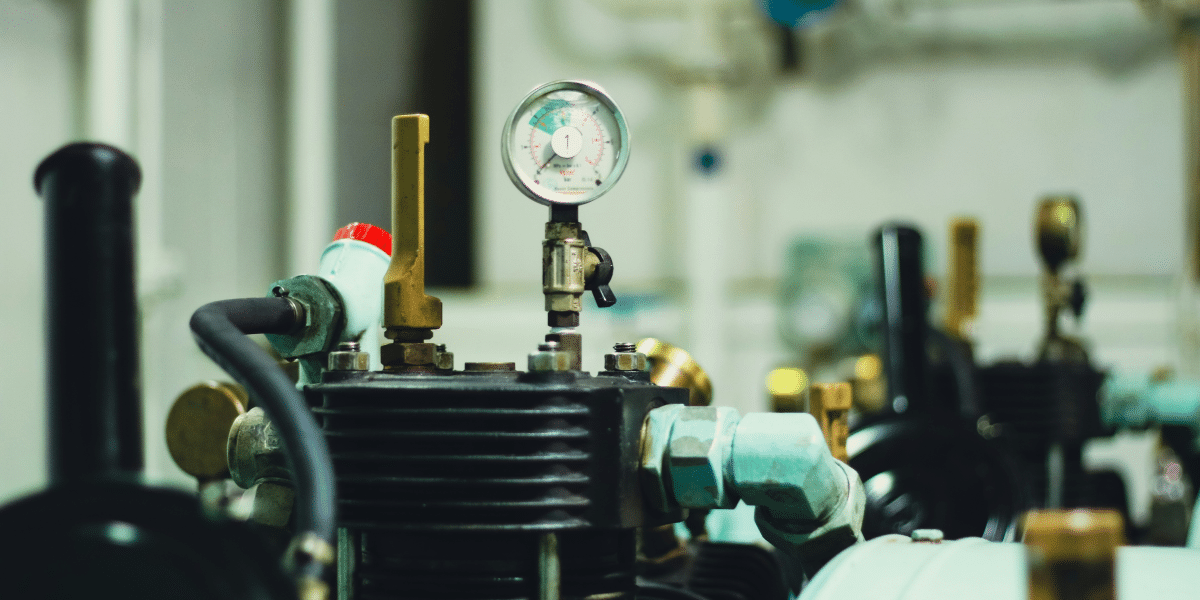Chiller compressors play a vital part in maintaining the optimal temperature of different marketable spaces. Chiller compressors are essential factors set up in air conditioning systems. They’re the heart of any cooling system, helping to remove heat and insure a comfortable atmosphere. In this article, we will give you an overview of chiller compressors, explaining their significance and how they serve in cooling systems.
For individuals and businesses in Singapore, socool.sg is a reliable resource for chiller compressors and related services. Their dedication to providing a diverse selection of solutions and valuable insights demonstrates their dedication to satisfying customers’ cooling needs, establishing them as a trustworthy resource for anyone dealing with cooling system complexities.
Chiller Compressors: Overview
In many different types of businesses, such as HVAC (heating, ventilation, and air conditioning), food processing, and manufacturing, chiller compressors play a crucial role as part of the chiller system. After being pressurized by these compressors, the refrigerant gas is pumped through the chiller system to absorb heat from the ambient air.
Compressors for chillers can be either reciprocating or screw, centrifugal or scroll, and each has its own set of benefits in terms of capacity, efficiency, and appropriateness for a certain application. Accessible through their website, SoCool provides customers with a generous selection of services and a wealth of information, all aimed at aiding individualities and businesses in making well- informed choices while icing the peak performance of their cooling systems.
Unveiling the Vital part of Chiller:
Chiller compressors stand as essential and irreplaceable parts within the realm of air conditioning systems. Their vital part lies in the regulation and conservation of temperatures, a responsibility that significantly contributes to icing a comfortable and controlled climate while securing the integrity of temperature-sensitive products.
Anyone and any business can lay a solid foundation for making wise and educated decisions about their cooling conditions and outcomes by getting a thorough understanding of the various chiller compressor types and how they work within the air conditioning refrigeration cycle.
Demystifying Chiller Compressor Operation:
A chiller compressor’s primary function is to convert low-pressure, low-temperature refrigerant gas into high-pressure, high-temperature gas by means of the abecedarian principles of the refrigeration cycle. It is possible to reduce the pressure and temperature of this pressured gas by first condensing it, which releases heat, and then expanding it.
This cooling process is the foundation of chiller compressors’ capability to constantly uphold an asked temperature. To put it more simply, chiller compressors maintain temperature control by first heating up refrigerant gas through compression and then releasing its heat again, thus preventing the environment they are responsible for cooling from becoming too hot.
Acclimatized results for Cooling Needs:
Chiller compressors come in different types, each with its unique characteristics and specific operations. The most generally used kinds employ a piston and cylinder medium to compress refrigerant gas, making them dependable choices for lower to medium- sized cooling systems. Because of their two helical-structured components that compress refrigerant gas, scroll compressors are appropriate for home and light commercial use due to their effectiveness and quiet operation.
Screw compressors, renowned for their enormous capacity and energy effectiveness, are often the preferred choice for bigger cooling systems in artificial settings. Meanwhile, centrifugal compressors efficiently compress refrigerant gas through the use of a revolving impeller; these machines are used in large-scale tasks such as cooling entire structures or artificial processes. Centrifugal compressors are best for large-scale operations. In order to make educated decisions on cooling systems, it is essential to understand these prospects.
Published By: Aize Perez
















